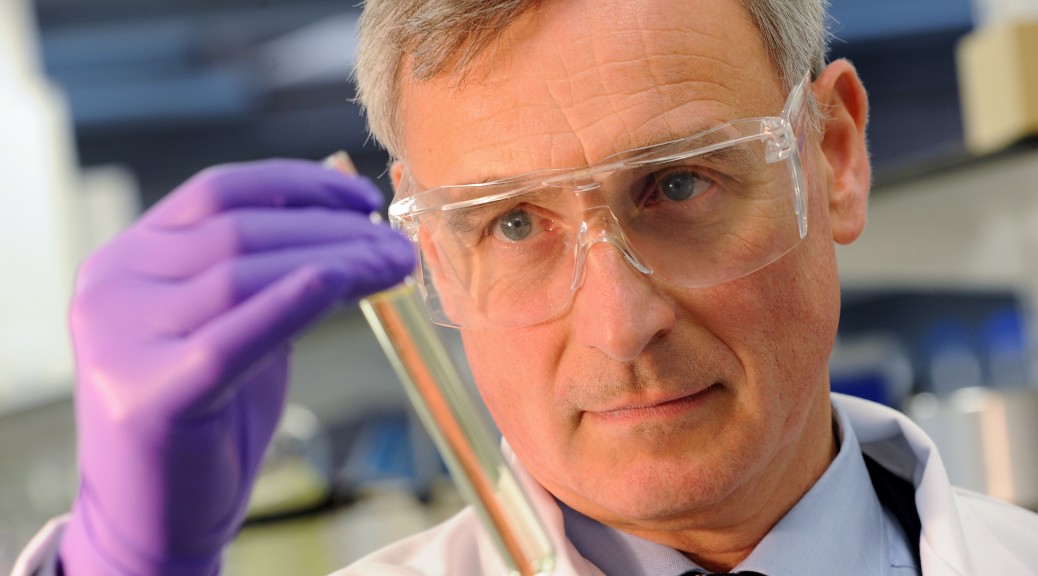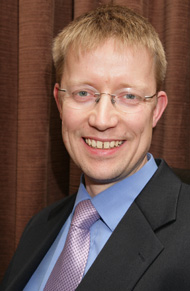If a crisis hits your company, clear thinking and decisive leadership is essential take your team through the ensuing storm.
As you’ll have read in our previous blog post on this topic, preparation is vital to ensuring that your organisation can deal with a crisis effectively. With a thorough risk assessment and management strategy in place, you’ll already have a good idea of how a crisis would impact your operations, and a plan deal with the issues. So, when that crisis hits, what’s next?
Face the music
When crisis hits, your first instinct might be to cover your own back. Self-preservation is a natural reaction in circumstances like these, but unfortunately, that’s not going to get you nor your organisation out of the woods. Before anything else, you may need to swallow some hard truths.
These might include your own role in the crisis – if you’re leading your company, then you no doubt exert a large influence on how the crisis affects your organisation and any solutions to it. You should consider yourself as one of the first figures who needs to make sacrifices if any tough choices need to be made.
After that, it’s important to develop a consensus on the causes of the crisis. This is vital, as no long-term solutions can really be implemented unless you know what the underlying problems really are.
Transparency is vital here. Quick fixes and concealment are not a way out, and will only exacerbate the crisis and make things worse.
All hands on deck
As we previously discussed, any risk management strategies should be communicated transparently and openly with your organisation’s stakeholders; and ultimately to the public as the media will inevitably report on the crisis.
Crisis can create a lot of uncertainty and fear among stakeholders, but particularly employees who will be worrying about their job security. If you didn’t involve them in risk management before the crisis hit, as is the ideal, now is the time to do exactly that.
First of all, your employees need certain reassurances. If redundancies have been deemed necessary because of the situation (for example, if an economic crisis requires cost-saving measures to be made), then this needs to be a part of your crisis consultations with the
other members of your organisation. The potential impacts of any planned changes must be outlined in full – in particular, if redundancies will be necessary or if there is any possibilities for employee redeployment.
As a crisis will affect your whole organisation, it is vital that you involve the whole organisation in the dialogue aimed at resolving it. Consultations should take place with employees and, if present, unions. Giving employees clarity and reassurances about the
situation will make your organisation more likely to weather the storm. There’s been more than one company that’s hit a survivable crisis but found it lost a key portion of its top talent, perhaps those who find it easiest to get a new job, through a lack of clear consultation.
Furthermore, as crises often call for new, creative ways of thinking and problem-solving, a
company-wide dialogue could potentially produce new solutions and answers at an uncertain time. These cannot be implemented without the help of staff.
Fight your way out
Think of a crisis not just as a disaster, but an opportunity for change. A crisis might actually empower you to make important changes to the company – changes that may have stalled in the past, but can now be implemented in the name of crisis management.
Indeed, many companies saw the 2008 financial crash as a business opportunity. Take Dan Simon’s piece in Forbes, How to turn a financial crisis into a business opportunity: “During this turbulent period we managed to grow the company into a major player in financial PR and open successful offices in New York, Los Angeles, Singapore and Sydney.”
Calmer Waters
Keeping a level head and turning the tables to your advantage can help the organisation emerge from the crisis not only intact, but more successful and efficient than before.
Click to read part 1 of Leading in a Crisis.


























